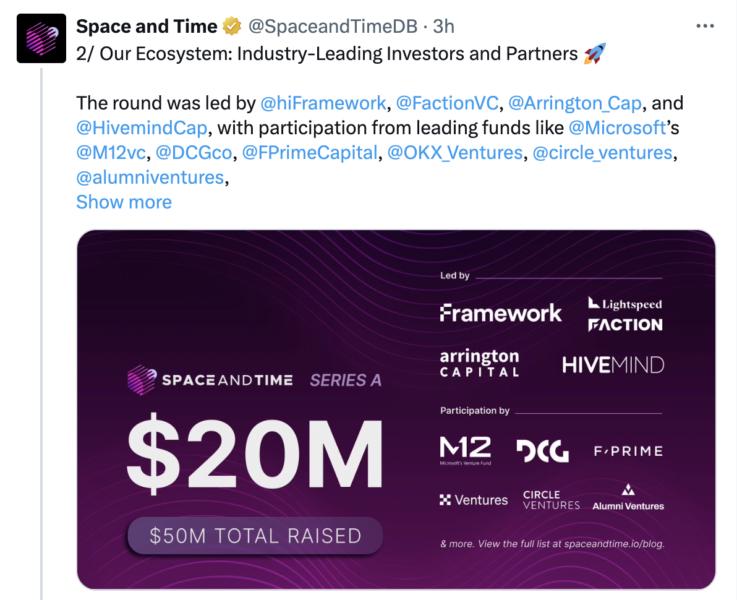The global mining industry is going through a phase of transformation fuelled by the explosive demand for resources conflicting against the volatility of world economies and geopolitical tussles, offering both tough hurdles and lucrative opportunities.
AI’s transformative impact
Gold’s record-breaking prices, renewables’ phenomenal progress, which is driving high mineral demand, and the world’s fight for net-zero emissions are reasons the industry is constantly reshaping itself and experiencing so many disruptions.
A poor-performing mining industry sector is not an exception in Africa because of its unpredictable nature. Over 50% of the world’s stores of PGMs and diamonds and almost all the cobalt and manganese reserves, which are the essential parts of the battery system for future generations of easily chargeable electric vehicles, are available on this continent. As the processing environment gets harder and harder for mining companies, they are pressured to ramp up profitability, efficiency, and productivity while lowering costs.
Autonomy-based technologies have transformed the mining industry, adding much value over the last few years. Mining companies using automation to perform risky operations has greatly helped in what one might term as workplace friendly because worker exposure to dangerous conditions and general safety is improved.
When the digital application of machine learning and artificial intelligence (AI) technologies became increasingly available, efficiency and productivity levels increased tremendously. One research paper has made an estimate concerned with the amount of AI employed by mining companies, and it is estimated that the investment into AI by the mining sector will reach $7. Developing R32 billion (R134bn) by 2033 will be especially with a CAGR (Compound Average Growth Rate) of 22%. The fact remains that AI is so exciting as it is a promise for the mining industry, although I must say that new technology always triggers ethical issues.
When it comes to AI in mining, the fear has several dimensions: from human labor being displaced by automation to violating personal data via surveillance to the front-running and lowering of sovereignty.
Among the major concerns associated with the introduction of AI in mining operations is that the technology may be replacing the positions of many workers by using its capabilities to take over the functions they have been doing, making them virtually out of work. In the case of Africa, production relations will be preserved, specifically given the important historical function the economic sphere traditionally played in employment creation, mainly in the markets of countries like South Africa.
Another issue is explainability, which refers to the readable justification of why an AI decision is made and whether a human worker will adequately understand such information. For instance, if AI is adopted in the surveillance systems of the mining sites to enhance safety and security, ethical concerns may arise over how the algorithm defines the limitation of actions that may lead to a safety or security incident.
Addressing AI’s ethical challenges
AI seems quite promising for mining as it can improve productivity and save lives. Yet, it goes along with new risks that should be considered optimally. Corporations, technology developers, and regulators must make joint efforts to update safety regulations, set up basic and hands-on training, and establish clear lines of accountability necessary to keep AI use in mining operations secure.
With the worries somehow present, AI will nevertheless be the premier force in the big-picture success of the mining industry over the next few years. AI lends itself to many applications across the mining value chain, including Digitized prospecting mapping algorithms based on machine learning. AI is becoming a reality where large known and new geology, geochemistry, and geophysics data can be analyzed to highlight the best mining sites.
Due to the stitching together of several data sources, such AI models certainly help to increase the probability of identifying mineral deposits with great potential. Geotechnical monitoring and analysis geared toward maintaining a stable ground and infrastructure are the backbone of any mining operation. In that case, AI can be coupled with sensor networks to recognize leads of collapse or breakdown; meanwhile, predictive design can make forecasts about the ground behavior and examine possible threats. AI here can generate a complex model of rock outflow that makes projections for different types of tunnels, underground rooms, and slope stability.
AI technologies support agile strategic and tactical mining, capitalizing on constantly flowing data to produce the best mine plans and production schedules. Mining operations can use AI to predict performance under different conditions. This will assist operators in identifying supplementary betting strategies that will lead to higher production with minimum cost. Sensors that incorporate predictive maintenance systems can turn the efficiency of mining machines around so much that it reduces downtime and improves productivity in the mining processes. Mining is not the only area where AI can impact business operations; it can also apply this technology to supply chain management. AI planning is very efficient and not only evolves the inventory planning time but also minimizes the cost, improves the repair schedules, and determines the best time for reorders.
Practices like time-series analysis and probability modeling allow mines to view their supply chain vividly in the present trend. This factor will allow mines to materialize their logistics operations by optimizing specific activities, including choosing transportation and distribution network routes.
AI can be considered the revolutionary paradigm of technology in the mining sector, in which AI has impacted various mining operations and raised numerous innovative applications of AI to the industry’s complex issues in the current age. Applying AI to hands-off mine development and discipline towards teams, most mining enterprises will head towards the future’s green, clean, and responsible mining.





